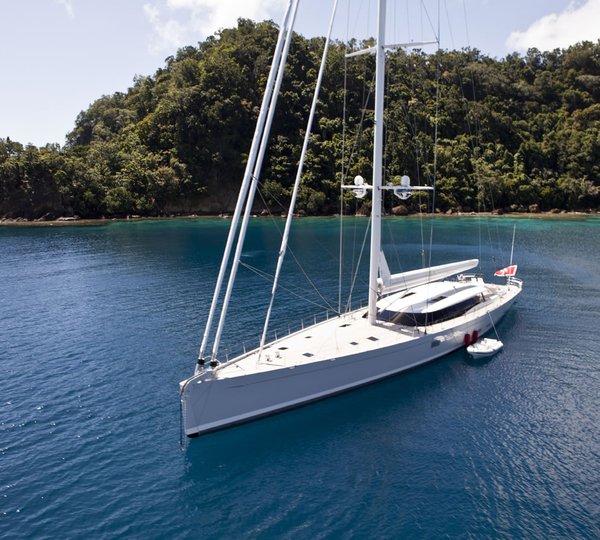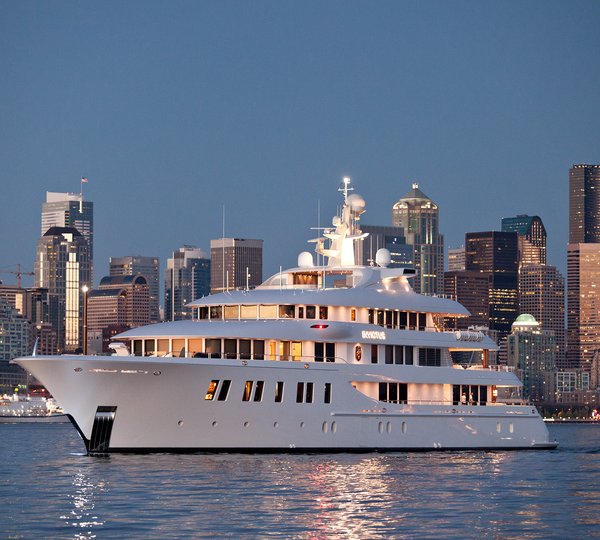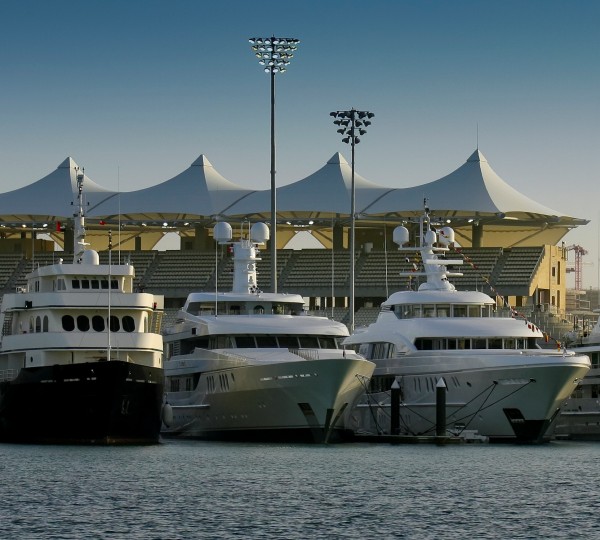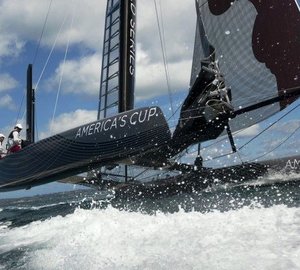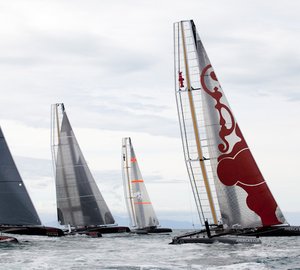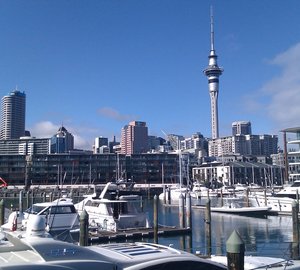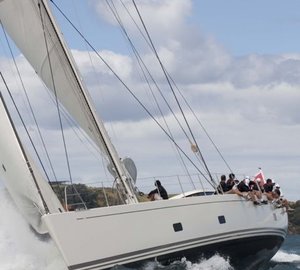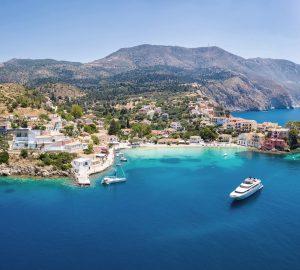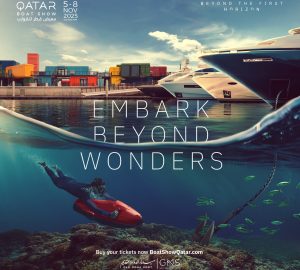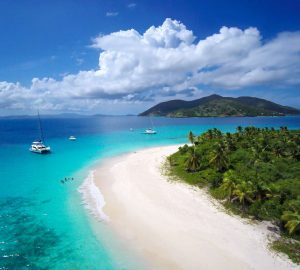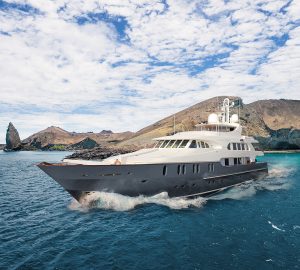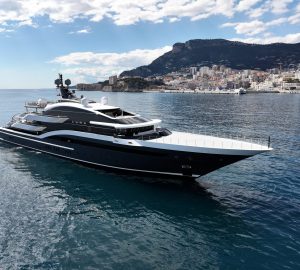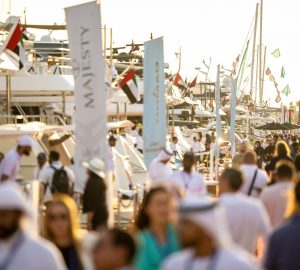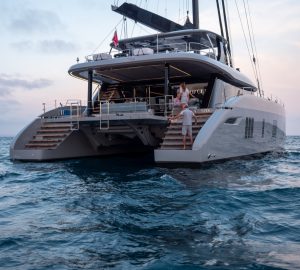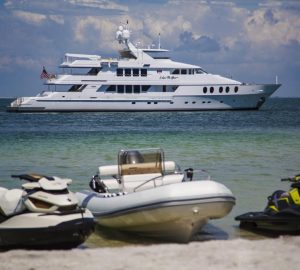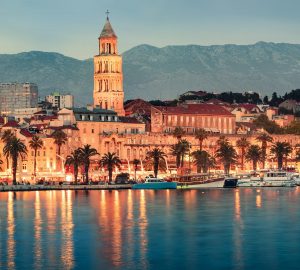The Royal Institution of Naval Architects (NZ), New Zealand Trade and Enterprise and the University of Auckland will host the 4th High Performance Yacht Design Conference from 12 – 14 March 2012 at the Maritime Museum, Viaduct Harbour, Auckland, New Zealand. The conference with coincide with the Volvo Ocean race – Auckland stopover.
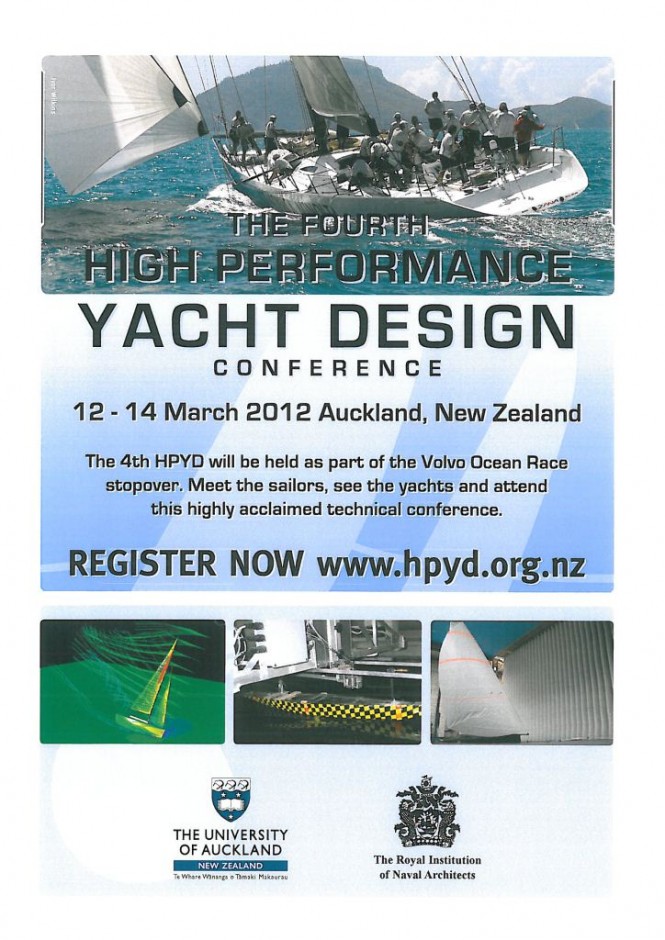
High Performance Yacht Design Conference, 12 - 14 March 2012, Auckland
With the Volvo Ocean Race yachts in town and AC45 catamarans training on the harbour this summer, Auckland, New Zealand is also playing host to an international group of scientists, designers and academics focused on what makes them go fast now – and how to make them go even faster in the future. The science of achieving speed under sail is at the heart of the fourth High Performance Yacht Design Conference from March 12 to 14 2012.
As the state of the art leaps forward with record-shattering circumnavigations and America’s Cup yachts capable of 35 knots under giant wings, the conference will bring together more than 100 international delegates and research experts across a wide range of disciplines from materials and structures to aero- and hydrodynamics.
Organised under the auspices of The Royal Institute of Naval Architects (NZ) and the University of Auckland, the conference will take place at the Maritime Museum in the Viaduct Harbour – where the Volvo Ocean Race fleet will be berthed.
For the first time, the conference will include a public session (on Monday, March 12), which will focus on the Volvo Ocean Race and will include a panel of skippers, competitors and designers talking about the current race and the performance aspects of these highly powerful canting-keel yachts.
“In some respects, we are approaching a point where performance may exceed human endurance on these long offshore races,” says conference chairman, David Le Pelley from the University of Auckland Yacht Research Unit. “These yachts are quite extreme and the demands on crew are enormous. In the pressure of competition, skippers have to make tough decisions about how close to the edge they can go before they start risking not just the boats, but the safety of their crew.”
Among the panel will be Chris Nicholson, skipper of the New Zealand CAMPER entry, Mike Sanderson, a previous winner of the race and current skipper of the Chinese Sanya team, Simon Fisher from the Abu Dhabi Ocean Racing team, Tony Mutter from the American PUMA crew along with technical experts Ian Campbell of the Wolfson Unit at Southampton University and Giovanni Belgrano, a world expert on composite structures.
Campbell and Belgrano will also deliver keynote addresses in their respective fields, along with Dr Len Imas, an international authority in Computational Fluid Dynamics (CFD) from the Stevens Institute of Technology in the USA.
With Belgrano and Imas both working on the Emirates Team New Zealand America’s Cup programme, much of their current attention will be on the design and development of the extraordinary new class of 72ft catamarans propelled by highly efficient articulating wings, which will debut in San Francisco next year.
The advent of wings is an exciting new field for high performance sailing, but they do not mean the demise of soft sails. Intensive research and development continues to take place in this area.
“Despite the huge resources that have gone into sail design programmes over the course of high profile America’s Cup and Volvo Ocean Race campaigns, there is still much to learn,” says Le Pelley, who will present a paper on aerodynamic force deduction techniques.
To offset the costs and practical difficulties involved in full-scale on-the-water testing, big advances have been made in computer modeling and CFD programs. While these have improved dramatically, the ultimate goal of perfectly dependable computer simulation and performance prediction design tools remains a long way off. “There will always be a place for experimental and numerical testing,” says Le Pelley.
And, he acknowledges, amidst all the science, there is also even still a place for some art and old-fashioned eyeballing in yacht design.
This is the fourth High Performance Yacht Design Conference to take place in New Zealand. The first was in 2002 during the lead-up to the America’s Cup.
The conferences have achieved a high reputation as a forum for some of the leading experts in various fields of yacht design and form an important part of New Zealand’s standing as a world leader in the marine industry.

